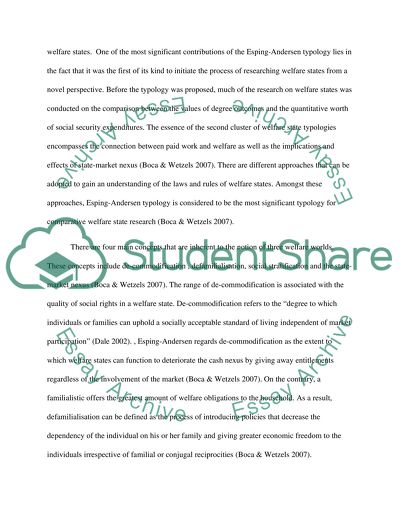Cite this document
(Critically Assess the Merits and Limitations of Esping-Andersens Book Report/Review, n.d.)
Critically Assess the Merits and Limitations of Esping-Andersens Book Report/Review. Retrieved from https://studentshare.org/sociology/1574094-political-science-state-and-society-in-europe
Critically Assess the Merits and Limitations of Esping-Andersens Book Report/Review. Retrieved from https://studentshare.org/sociology/1574094-political-science-state-and-society-in-europe
(Critically Assess the Merits and Limitations of Esping-Andersens Book Report/Review)
Critically Assess the Merits and Limitations of Esping-Andersens Book Report/Review. https://studentshare.org/sociology/1574094-political-science-state-and-society-in-europe.
Critically Assess the Merits and Limitations of Esping-Andersens Book Report/Review. https://studentshare.org/sociology/1574094-political-science-state-and-society-in-europe.
“Critically Assess the Merits and Limitations of Esping-Andersens Book Report/Review”. https://studentshare.org/sociology/1574094-political-science-state-and-society-in-europe.


